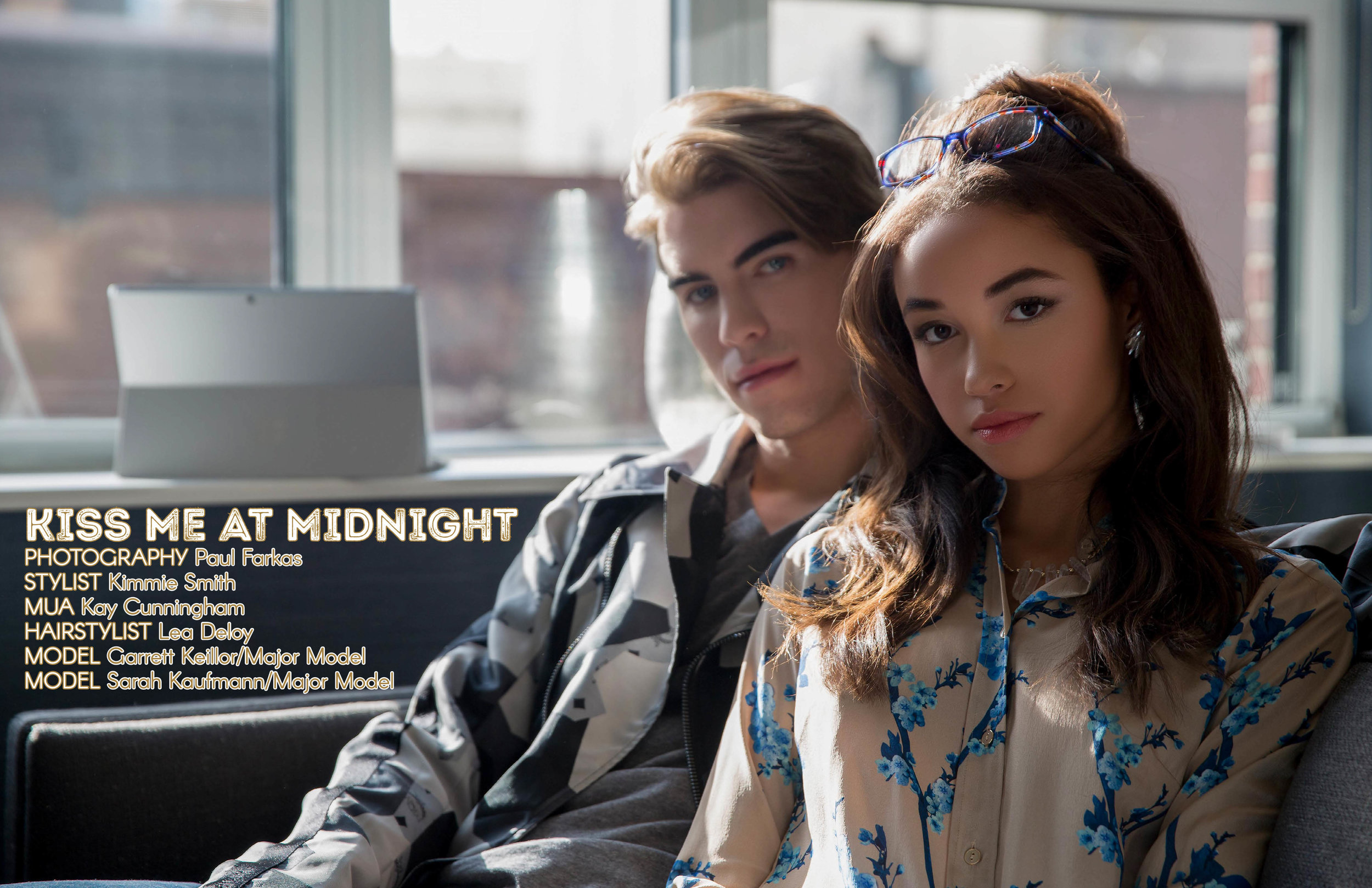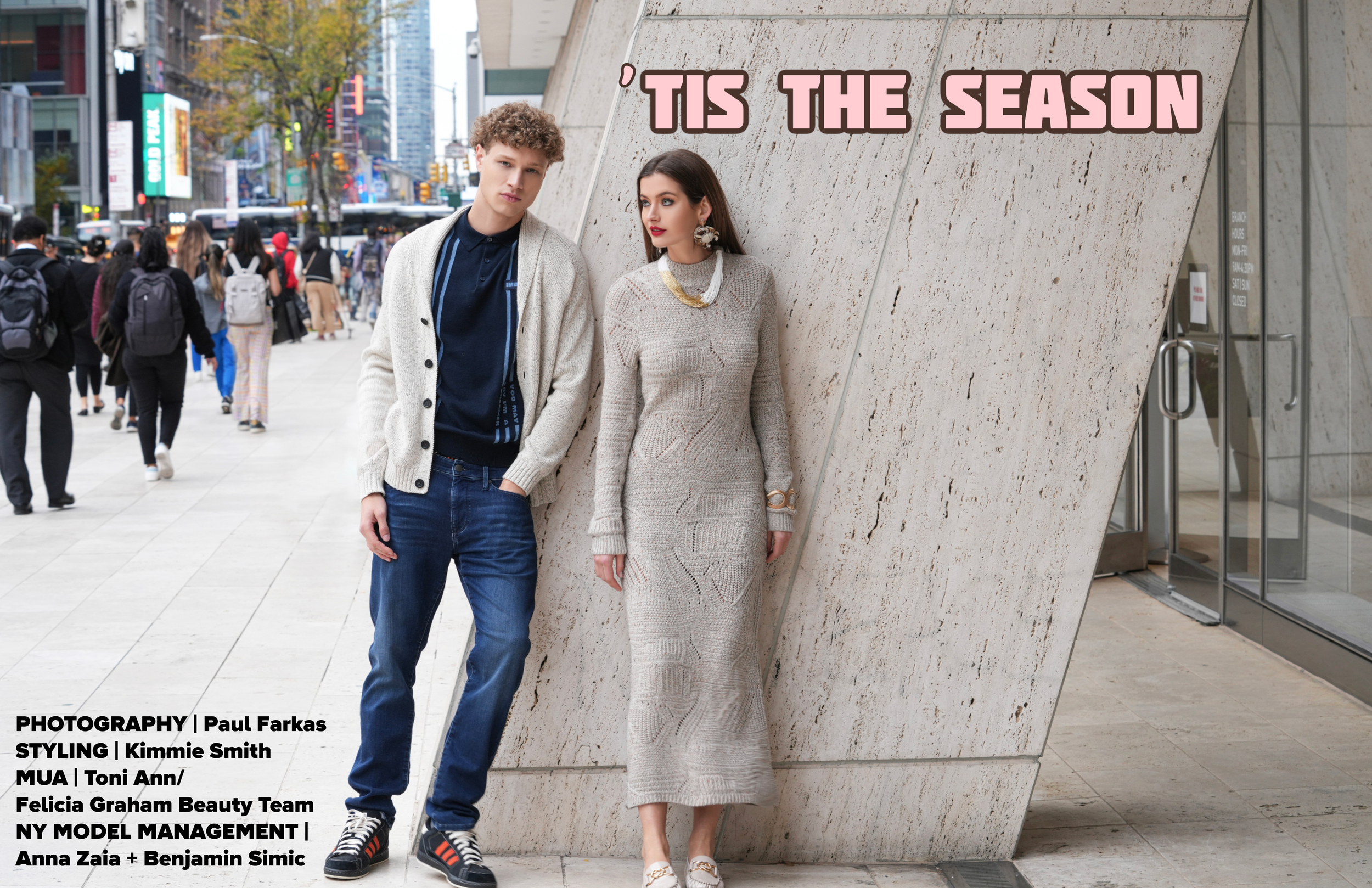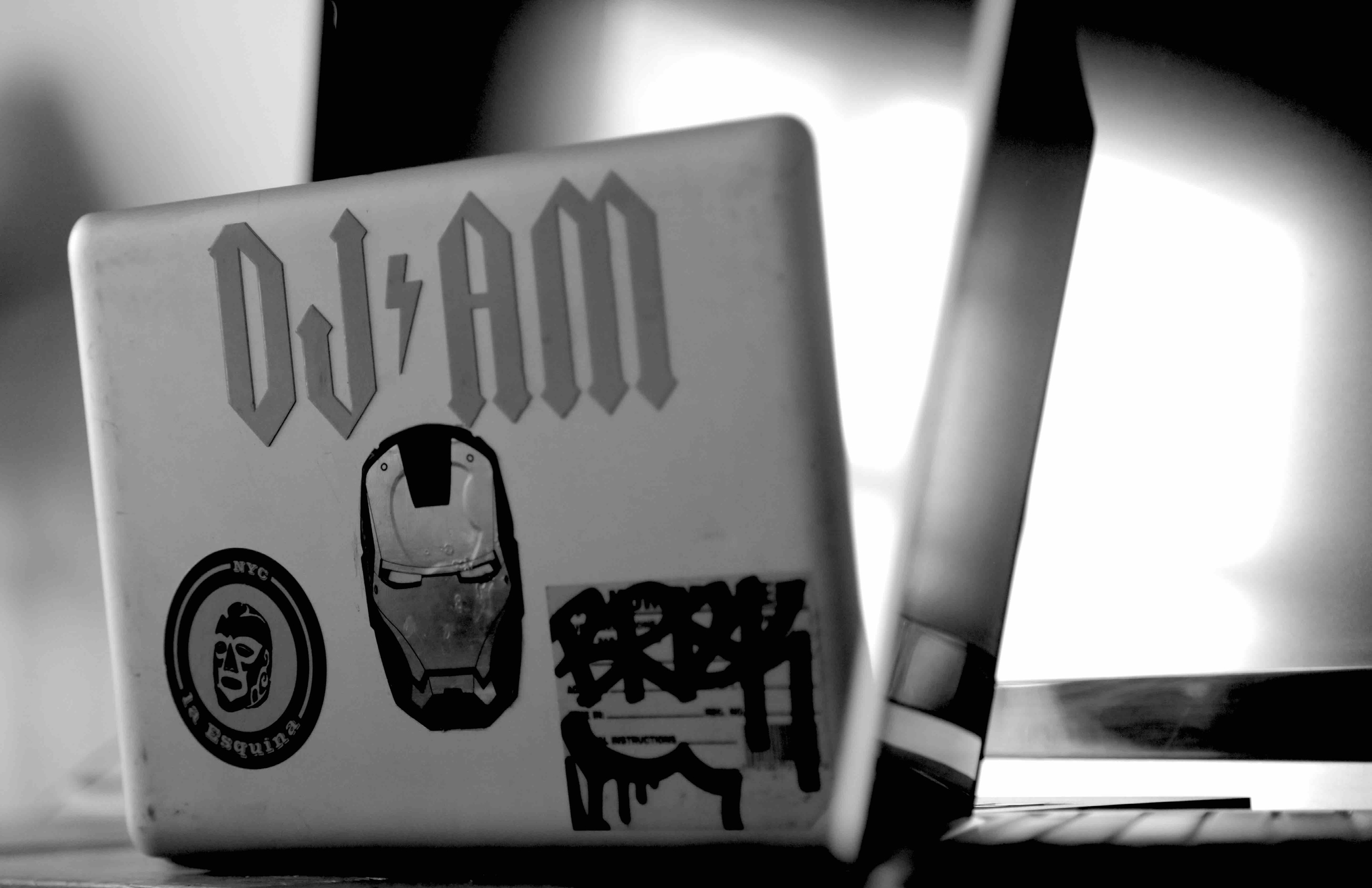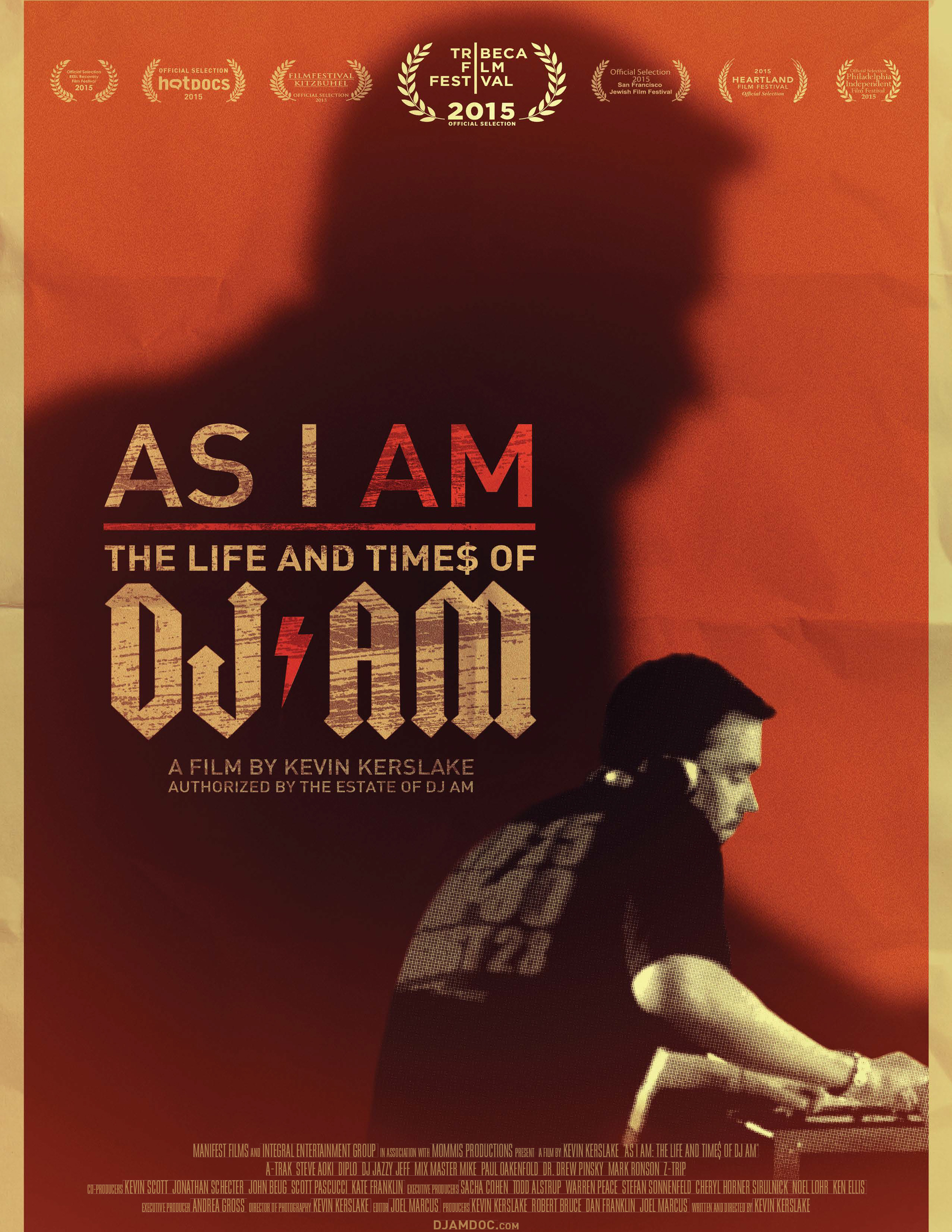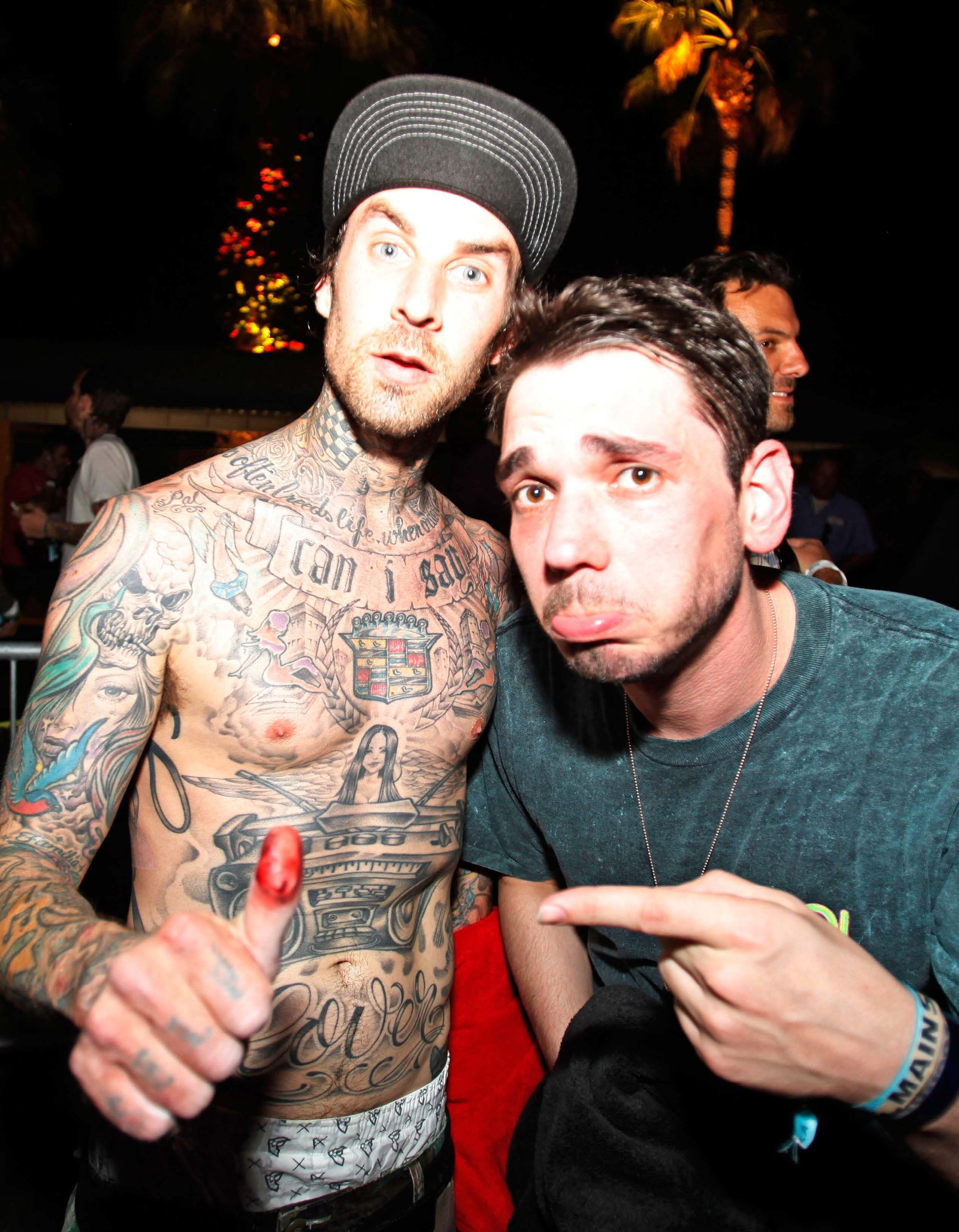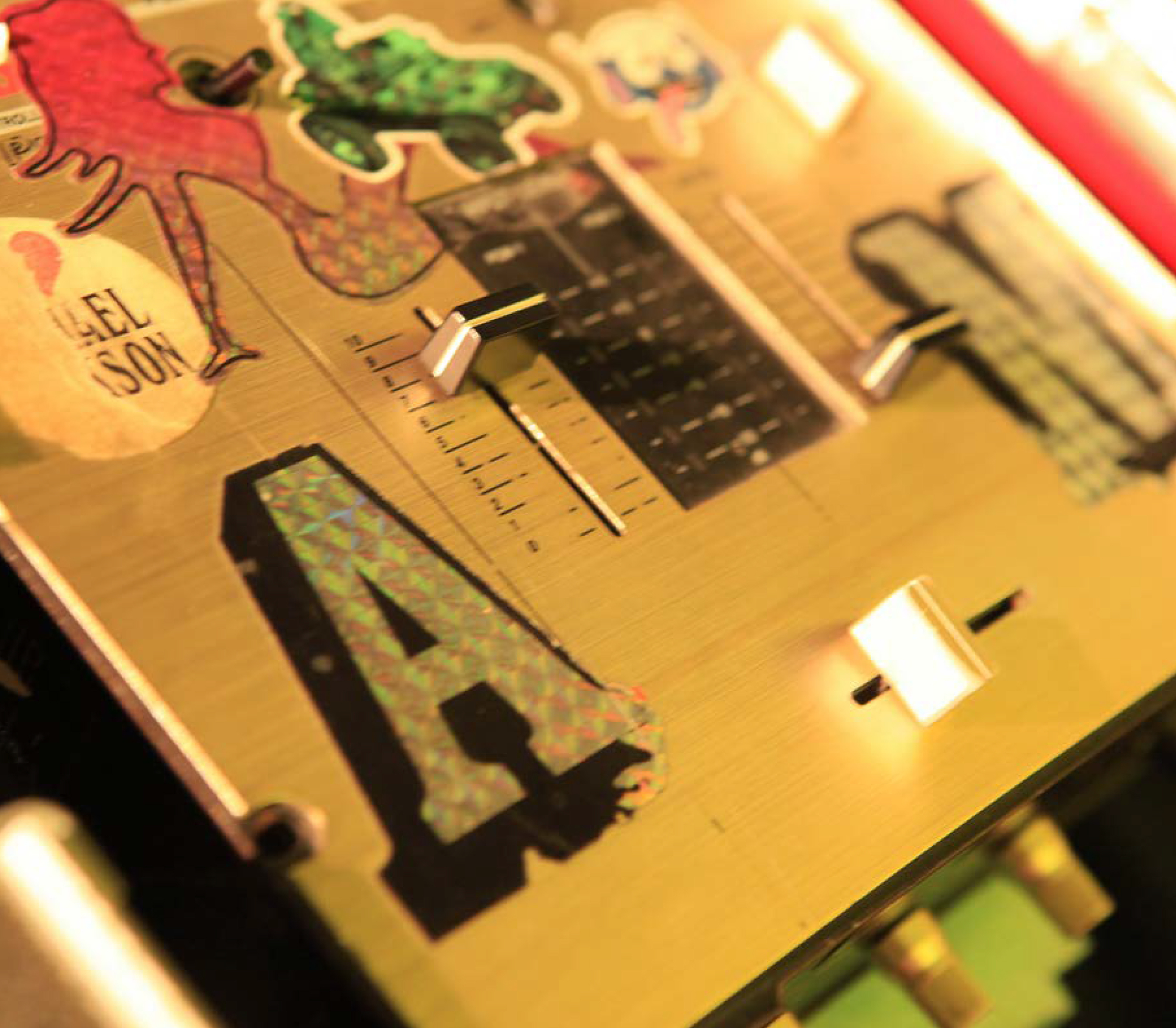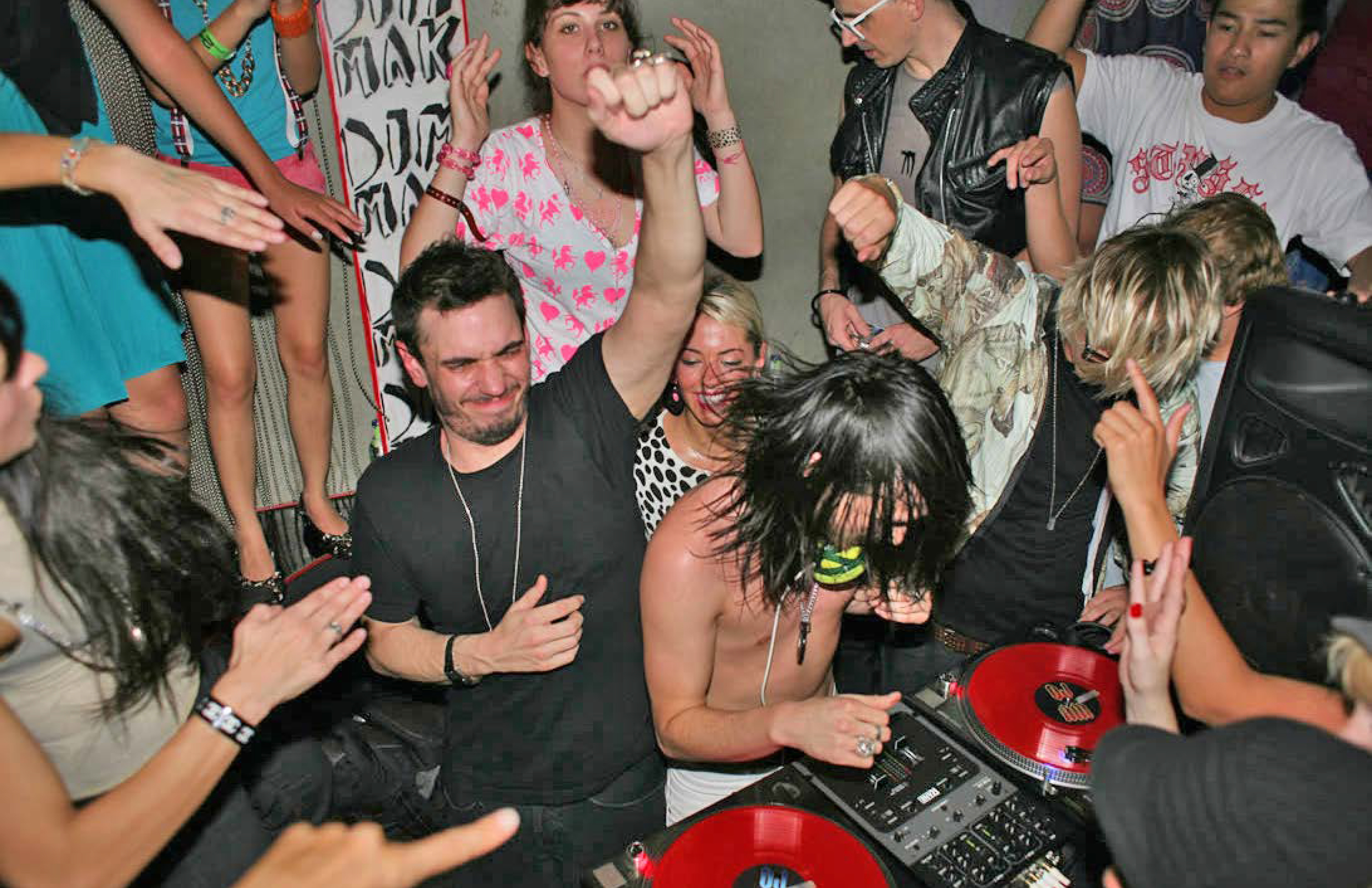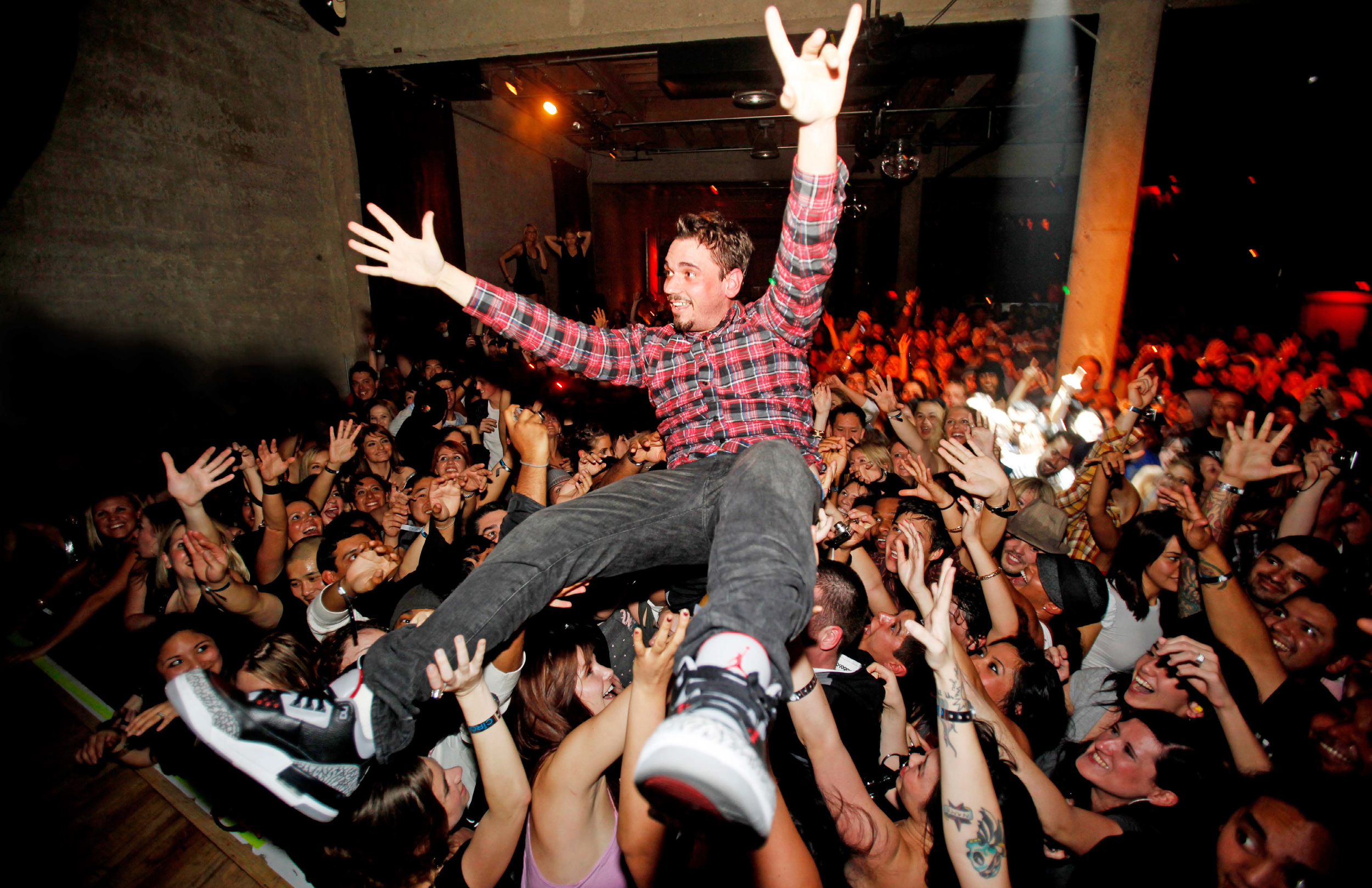When you think of some of rock and roll's iconic imagery from festivals, album covers and concerts, you may have seen some of the work of photographer Ed Caraeff who was there for some of music's major moments! With the release of his work in Burning Desire: The Jimi Hendrix Experience and Iggy & The Stooges: One Night at the Whisky 1970, we took a moment to find out more about this photographer, how he got into the industry and where he is now.
ATHLEISURE MAG: Tell us about your background and how you became a photographer.
ED CARAEFF: I was fifteen years old, in high school and taking a photography course. My school was two miles from Los Angeles International Airport. During lunch hour, I went to the airport and took photos of a band called The Seeds returning from tour. A smartly dressed woman tapped me on the shoulder, handed me her business card and asked to see the
photographs when developed. That was the beginning of a career I never knew existed!
AM: We know that in addition to photography, you are noted for doing a number of album cover art for iconic artists. What albums that you created have been some of your favorites?
EC: After years of being hired to photograph artists for album cover art, I started to first Art Direct the entire album packaging. Soon after, I learned how to do all the Graphic Design work as well - size the photos with stats, spec the type, paste-ups, etc. Since I also did my own
darkroom work, developing b & w and color film, making prints, I was one-stop shopping.
Never had an agent, portfolio, business card or a listed phone number.
I did hundreds of covers, too many to mention. I like most all of them ... never hung any on my wall.
AM: Tell us about Iggy Stooges: One Night at the Whisky 1970 - how did you get to be involved in this and what made the Whisky such a key place?
EC: I was hired by their NYC record company. Whisky was THE place, World Famous.
AM: It seems like your career can be credited with being a great photographer as well as being at the right place at the right time! How did you get the iconic shot of Jimi Hendrix?
EC: Exactly, thanks for mentioning that. I'm a very good photographer, same today with my iPhone. It comes very naturally, fast, smooth, kinda like Jimi playing his guitar, or anyone doing
something effortlessly.
The burning guitar shot was taken while standing on a chair I had snagged in photographer's pit and then jammed it up against the elevated stage. I had just turned 17 and had an authorized photography pass issued by the Monterey Pop Festival.
AM: Why was the Monterey Festival such a pivotal moment in music history?
EC: With the 50 Year Anniversary next month there's many expert opinions, I do believe. For me, it was the furthest I'd ever been from home without my parents. The Summer of Love in Southern California. Lots of great images to capture and I had use of my family's friends high end German camera.
AM: Of the people who you have had the opportunity to shoot, which ones crossed over from a professional relationship to one of friendship?
EC: Members of Three Dog Night, Cheech & Chong, Sergio Mendes, Elton John.
AM: What can you tell us about Jimi Hendrix as we love that your imagery showcases him on stage as well as just hanging out - what is it about this artist that drew so many people to him?
EC: Jimi had the style, the swag, the coolness, and backed it up with the genius talent. One of a kind.
AM: Besides shooting one of Jimi's most iconic moments, do you have a story/experience that you shared with him that you can share with us?
EC: Picking him up at his two story motel on the Sunset Strip, smoking a joint and driving to John and Michelle Phillip's Bel Air mansion to party was a memorable evening.
AM: Beyond working with some of rock's biggest artists, you also worked with artists such as Marvin Gaye - what was that like?
EC: Marvin was one of a very few I photographed that I was in awe of meeting. I was a big fan. He was not in a good mood, going thru a divorce, obligated to release an album by his father in law's (Berry Gordy) record company. Motown hired me to "replicate a place in Jamaica that
Marvin had just returned from." The photographs were never published. The cover used on "Here, My Dear," is a funky b & w illustration.
AM: Do you still have artists that you have yet to work with, but they are on your bucket list?
EC: No. I left working with artists to working with food while a single parent with two sons living in NYC in 1985.
I was a photographer, art director, graphic designer for 14 years and then answered an ad in The Sunday New York Times to become a chef. I got the job on east 48th near 2nd Ave and started a career as hands on chef, restauranteur for 27 years.
When I thought to do my bucket list, only one thing popped up and it was instantaneous. I started working so young, still in school, and worked continually. I missed out on spending time after graduating and wandering and sleeping in my vehicle. Low stress, Zen, lifestyle.
AM: How do you view the photography industry now in terms of the use of digital and even being able to break into the industry to work with notable artists?
EC: I love digital, apps, social media. I like not having to worry if I have enough or the right kinda film! You just remember to have battery life.
For me, great way to express myself. In terms of breaking into that industry - I shudder to think.
AM: We hear that you're on a bucket list journey. What made you want to do that?
EC: I had a health wake-up call in 2012. Also, I attended funerals for two long time friends in the same week. Learned I would become a grandfather, twice, by both my children within a five month period. My Cardiologist said of my bucket list trip, "If not now, when?"
Then it took me a year and half to make sure I really wanted to do it. Followed by another year and half to find loving homes for my pets, got rid of ALL my possessions, sell my home and even sell my photography archive. Because that too is "work," though I love my work.
June 15 will be two years I've lived 24/7 in a vintage VW Westfalia Van named "Moonbeam."
AM: Can we expect additional books of your photography to be released, and if so, what artists will it be?
EC: Yes. Next month, my Jimi Hendrix photographs, "Burning Desire" will be available. I'm grateful for the books I have and the future is uncertain.
Stay in touch with Ed Caraeff's bucket list trip on Instagram via @thebucketlisttrip
All photos are courtesy of Ed Caraeff







